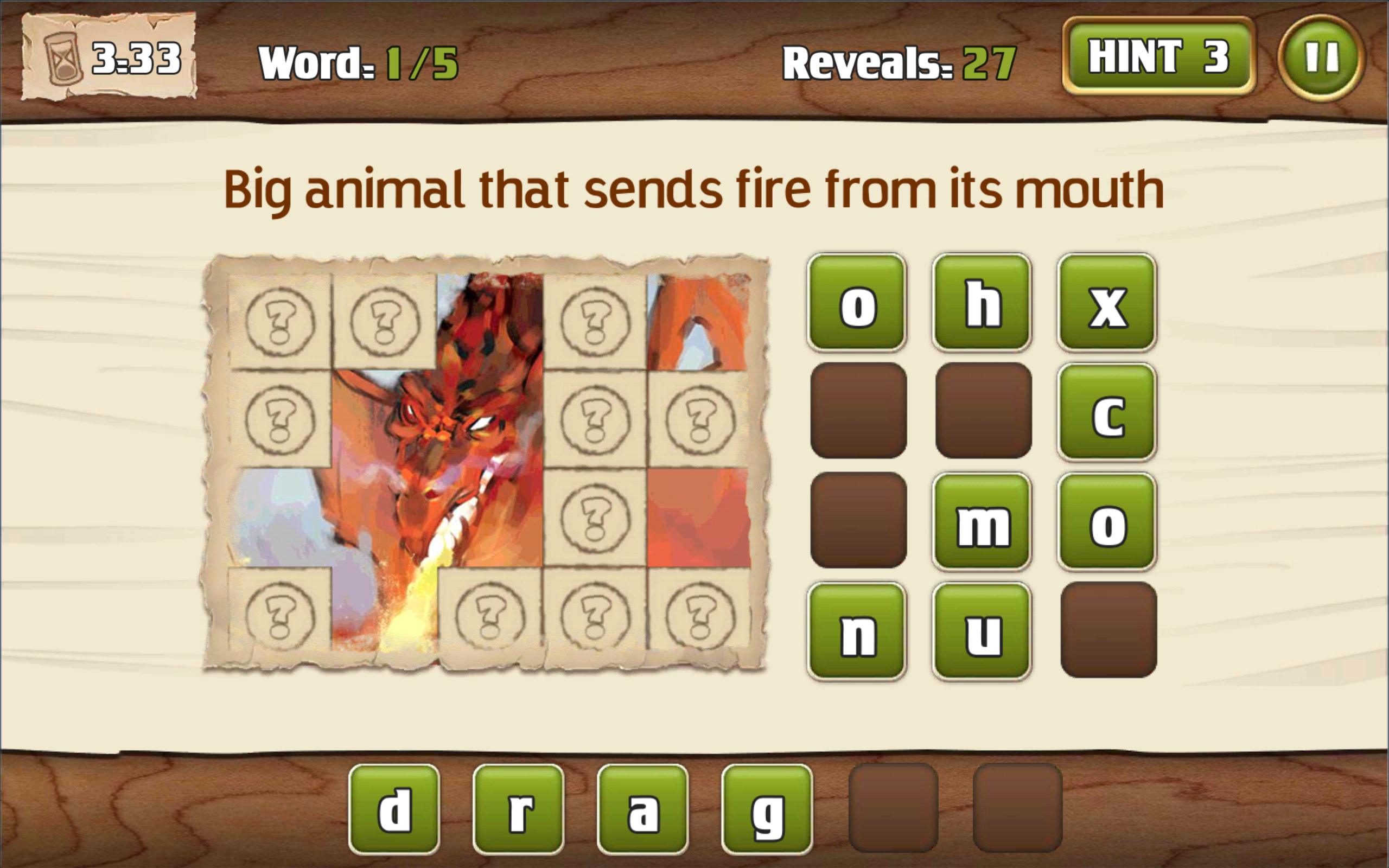 Dr Charles Browne is Professor of TESOL and Applied Linguistics at Meiji Gakuin University in Japan, a recognized expert in vocabulary acquisition and extensive reading, especially as they apply to online learning environments. In addition to creating two well known high frequency word lists for second language learners (known as the New General Service List and New Academic Word List), he has created several free online learning sites including an extensive reading and listing website known as ER-Central, and has helped advise many publishers and companies working in these areas including SecretBuilders, who recently launched a set of ER reading apps using graded readers published by Oxford University Press.
Dr Charles Browne is Professor of TESOL and Applied Linguistics at Meiji Gakuin University in Japan, a recognized expert in vocabulary acquisition and extensive reading, especially as they apply to online learning environments. In addition to creating two well known high frequency word lists for second language learners (known as the New General Service List and New Academic Word List), he has created several free online learning sites including an extensive reading and listing website known as ER-Central, and has helped advise many publishers and companies working in these areas including SecretBuilders, who recently launched a set of ER reading apps using graded readers published by Oxford University Press.
Did you ever notice how whenever you try a new online game, that the first level is almost ridiculously easy to complete but the final levels are incredibly hard? This is done for several reasons, and some of the basic principles of online gaming can be usefully applied to online learning environments as well.
First, most online games provide a way of leveling up – for example if you kill enough monsters in Warcraft, you will gain enough experience points to go up to the next level. Games usually have many levels and make the first level(s) purposely easy both to help gamers to build confidence and interest in the game, to teach them how to use the basic features of the system, and to instill a desire to play the game more to reach higher levels. Second, most good RPG (role playing games) as well as many other types of online games, provide players with an interesting or compelling storyline which helps to pull them deeper into the world of the game, as they become motivated to find out what happens next. And third, online games usually give players a way to accumulate points as well as to rank themselves against other players. This, too, leads to higher levels of motivation and commitment since most players want to achieve the highest score, or at least higher than others around them.
When we try to apply the use of game thinking and game mechanics to learning environments such as second language learning it is called “gamification”, something which, when done correctly, can lead to higher levels of learner motivation, engagement and time-on-task.
Interestingly, one popular approach to second language acquisition, extensive reading (ER), echoes many of these ideas. In 2002, Day and Bamford wrote a very influential article on the 10 most important principles of a successful extensive reading program, with the following 3 principles often cited as the being the most important:
1) reading materials should be easy
2) learners should be able to choose what they want to read
3) learners should read as much as possible
First, if the reading material is easy, it instills leaners with a confidence at being able to read well, as well as the desire to read more and more in order to reach higher levels, very similar to the principles of gaming. Second, when learners are able to choose whatever story they want to read, they get pulled into the book’s storyline and become motivated to find out what happens next in a very similar way that gamers are pulled into the storylines of RPG games. And third, when teachers have students keep track of how many pages they’ve read and post those numbers to the whole class (which is common in many ER programs), it leads to higher levels of motivation through a friendly spirit of competition in much the same way this is achieved in the gaming world.

